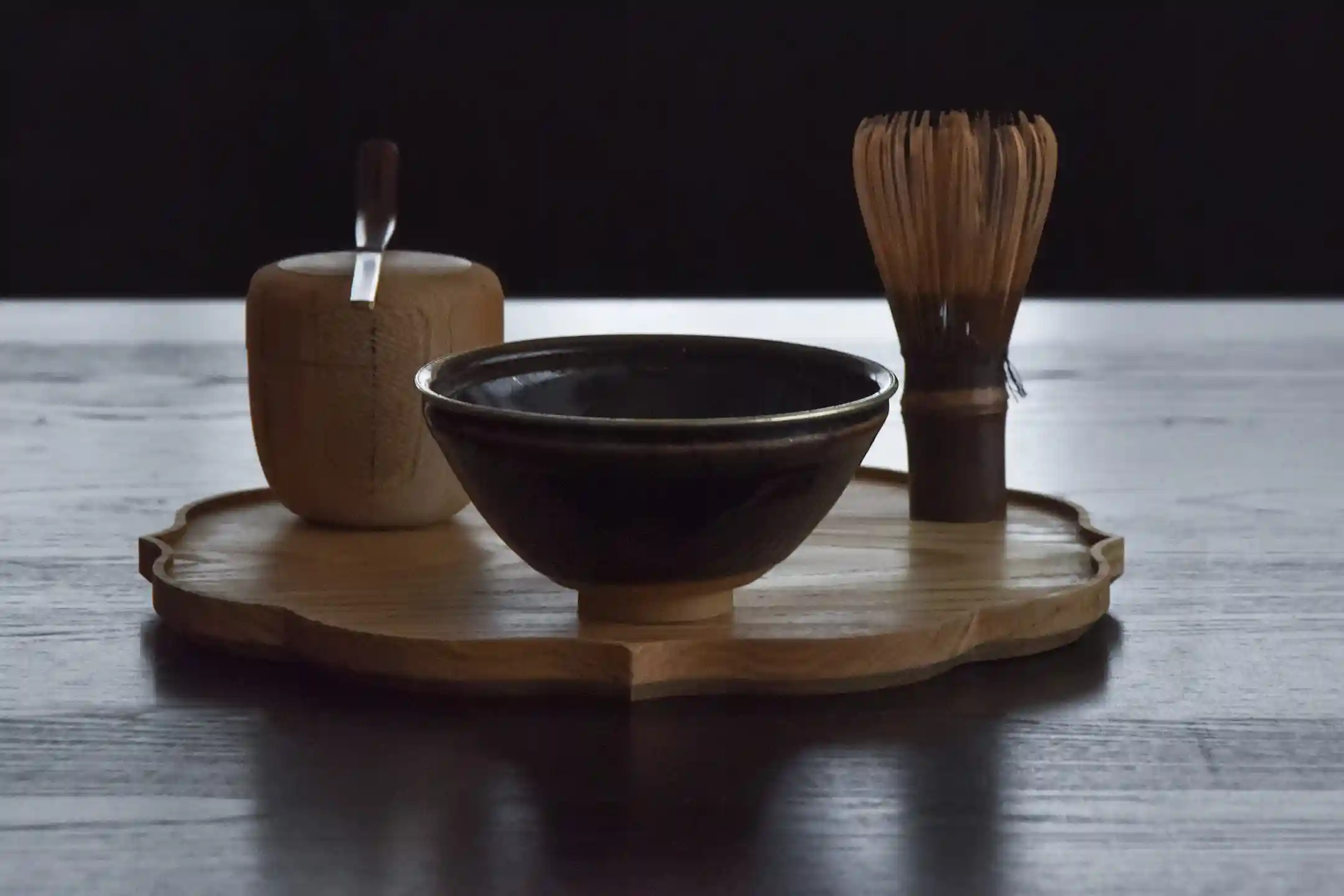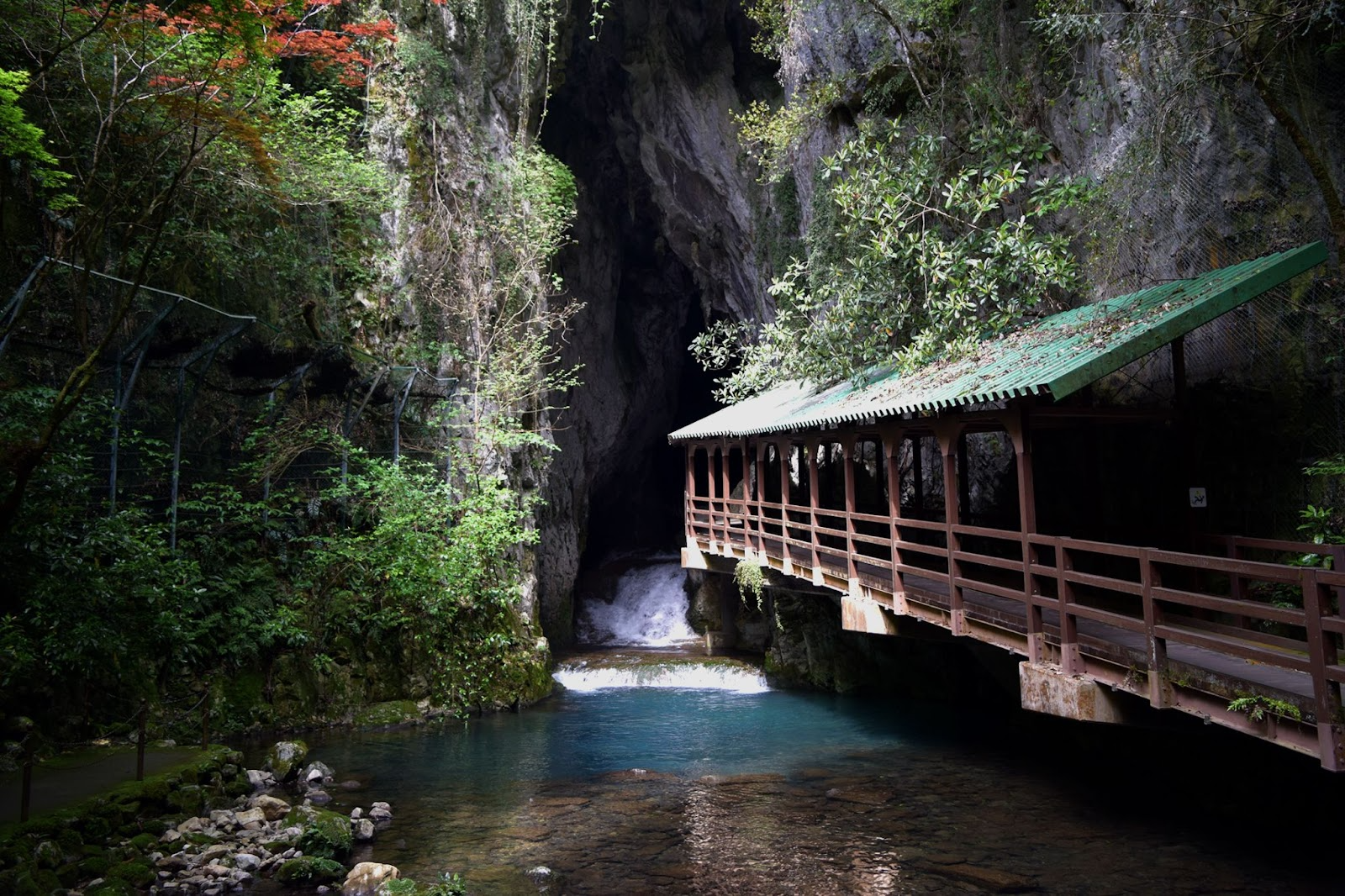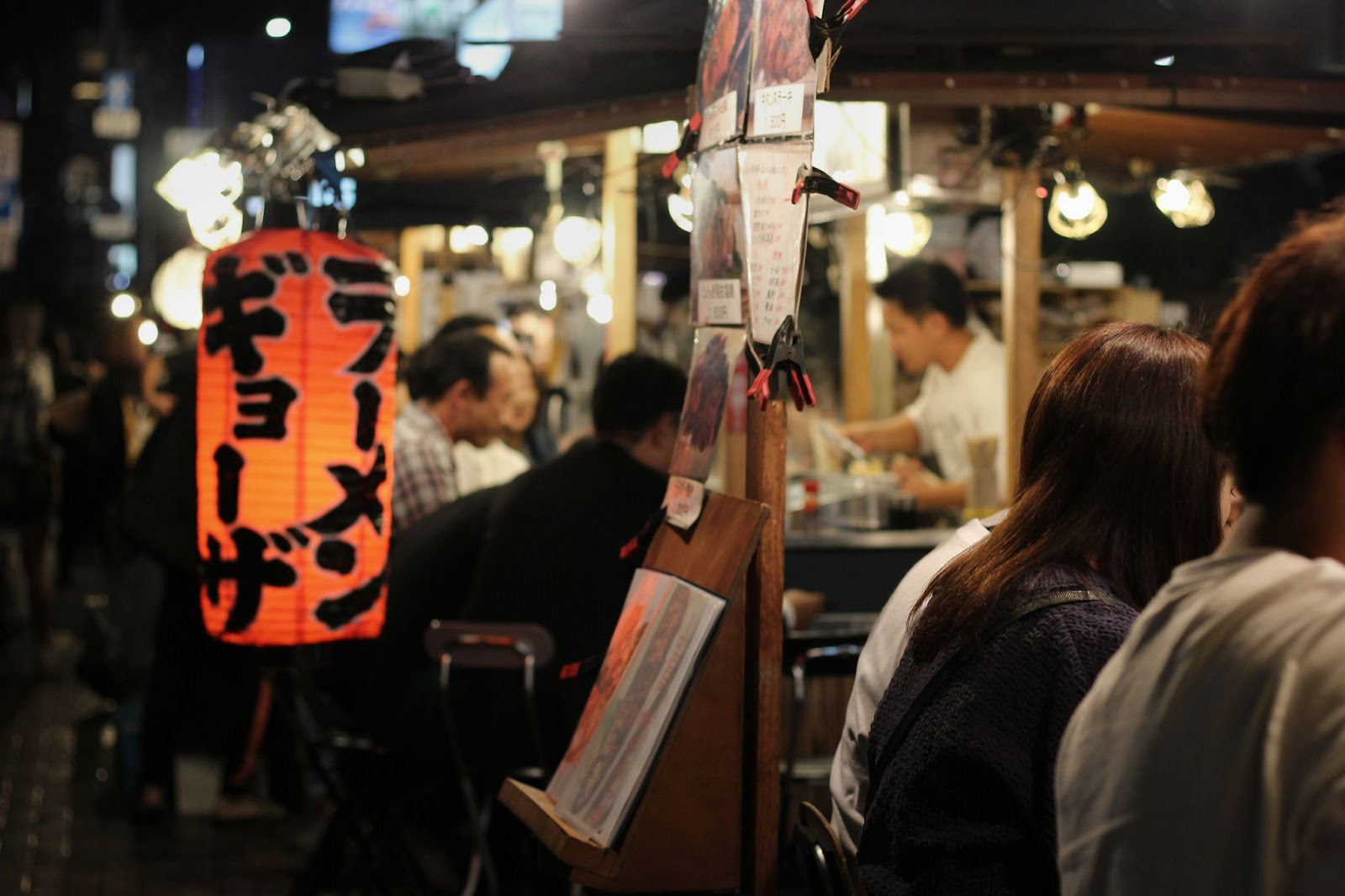Japanese tea is far more than a beverage; the moment you cradle a warm cup, you enter an art form that distills Japan’s refined aesthetics and contemplative spirit. While Europe’s afternoon‑tea custom thrives on lively conversation, Japanese tea asks you to share stillness. Rooted in the ancient practice of chanoyu (the tea ceremony), it prizes the simple act of meeting one another as equals—a gesture of everyday thoughtfulness you can taste in every sip.
In the pages ahead, you will travel through centuries of history, regional terroirs, and hands‑on encounters. By setting aside preconceptions and tuning in to the spirit locals cherish, you will find your cross‑cultural understanding deepening with each fragrant cup of the best Japanese tea.
Understanding the Charm of Japanese Tea
Japanese tea is inseparable from the nation’s aesthetics and inner life. At first glance, the ritual may seem unfamiliar, yet beneath the surface lie centuries devoted to cherishing moments together. Let us trace how history and beauty ideals intertwine to shape the culture you will soon experience firsthand.
History and Origins of Japanese Tea
The roots of Japanese tea reach back to the Nara period, when tea‑drinking customs arrived from China. During the Heian era, the monk Eichū presented tea to Emperor Saga, inspiring nobles and priests alike. As Zen Buddhism took hold in the Kamakura period, samurai embraced tea as a way to steady the mind.
By the Muromachi era, daimyō hosted opulent tea gatherings, yet the humble thatched‑hut tea room thrived alongside, honoring encounters that transcended social rank. Picture everyone seated on the same tatami: you glimpse a spirit of equality that still feels fresh today.

Japanese Aesthetics in the Tea Ceremony
Perfected by Sen no Rikyū during the Azuchi‑Momoyama period, the tea ceremony crystallizes Japanese aesthetics. Rather than flaunting luxury, it finds elegance in rustic simplicity and embraces imperfection as intrinsic design. If this sounds abstract, focus instead on the unseen depth behind each gesture: host and guest share a moment that will never return, treating each other with respect. The true magic is not in costly implements but in the quiet connection forged over a bowl of tea.
Contemporary artists keep that magic alive; glass tea rooms and digital‑art collaborations by teamLab add fresh textures to tradition, proving that innovation and heritage can pour from the same pot.
How to Choose the Best Japanese Tea
With countless varieties on offer, discovering the best Japanese tea is a delightfully personal quest. Just as you might weigh aroma or milk‑compatibility when choosing black tea, Japanese tea invites you to balance freshness with umami. Use the touchstones below to uncover a favorite you will want to pack in your suitcase.

Assessing Leaf Grade and Freshness
Begin by studying the leaves. A premium sencha glows deep green, glossy, and supple; yellowing or excess dust signals age. Next, bring the leaves to your nose. Fresh tea offers a brisk, seaweed‑like scent, while older stock smells flat and dry. Many shops encourage sampling before buying—an ideal chance to let your palate lead.
Freshness matters: shincha (first flush) bursts with vibrant aroma. Store leaves in airtight, light‑proof tins, and finish them within six months for peak pleasure.
Knowing Your Preferred Flavor
Japanese teas balance astringency and sweetness, or umami. Crave a bright snap? Choose sencha. Longing for a mellow, almost broth‑like sweetness? Reach for gyokuro or matcha. Sensitive to bitterness? The toasty warmth of hōjicha or genmaicha will feel gentle.
Regionality, too, shapes taste: Shizuoka teas drink crisp, Uji teas lean sweet, and Kagoshima teas reveal rich depth. Visiting farms turns a label into lived experience; that single cup may become the story you tell long after the trip.
Major Types of Japanese Tea and Their Signature Features
Though shelves brim with varieties, four styles stand out. While matcha often embodies the serene image many travelers hold, everyday sencha and hōjicha deliver their own charms.
Matcha — A Whisked Culture and Art
Stone‑milled from tencha leaves and whisked briskly with a chasen, matcha unfolds a vivid green body and creamy foam. Its umami outweighs slight astringency, wrapping your palate in softness. Despite formal choreography, matcha has long served as hospitality in liquid form, a gentle bridge between host and guest.

Gyokuro — Relishing Supreme Umami
Grown under shade, gyokuro is the connoisseur’s green tea. Steep it slowly at 50–60 °C and you will taste a sweetness reminiscent of kombu dashi. Precision may feel unusual if you are used to boiling‑water brews, yet that care reveals how Japan coaxes remarkable depth from a humble leaf.
Sencha and Hōjicha — Everyday Aromas
Japan’s most common green tea, sencha, balances modest astringency with a refreshing scent; in some regions, deep‑steaming amplifies body. Hōjicha, roasted over high heat, wafts comforting notes of toasted grains and carries almost no bitterness. Low caffeine makes hōjicha perfect for late‑night reflection or a child’s first cup (*4). Casual though they seem, both teas embody the kindness woven into daily life.
Tea‑Growing Regions Across Japan — Terroir Behind the Best Japanese Tea
Much like local wine or craft beer, Japan’s “terroir teas” carry the fingerprint of soil, climate, and history. Three leading regions reveal how landscape and culture blend in every cup.
Uji (Kyoto) — Tradition and Prestige Combined
With 800 years of history, Uji sets the gold standard. Favored by shoguns and warlords, it remains revered for top‑class matcha and gyokuro. Strolling its streets of storied teahouses, you can watch masters whisk matcha mere steps from centuries‑old temples, sensing a tradition that graciously opens its doors to you.

Shizuoka — Land of Japan’s Largest Acreage
Shizuoka contributes roughly 40 % of Japan’s tea fields. Fed by Mt. Fuji’s snowmelt, the leaves earn high acclaim, and for decades the prefecture led national output. Early‑2020s figures showed Kagoshima edging ahead in aracha production, yet Shizuoka’s contests and brand value remain stellar. Tea‑picking and field tours here blend leisure with learning—ideal if you love pairing travel with taste.
Kagoshima — Warm Climate Fostering Character
Post‑war, Kagoshima’s tea boom drew on warm weather and volcanic‑ash soils (*9)(*10). Early‑harvest cultivars yield diverse flavors, and brands like Chiran and Kirishima now enjoy global followings. Reports from 2025 confirm Kagoshima as Japan’s top producer (*12). Few experiences rival sipping a fresh cup while volcano peaks smolder on the horizon.
Experiences for Savoring the Finest Japanese Tea
To move beyond theory, roll up your sleeves and join the process. Whether you are plucking new shoots in the fields or sinking into tatami at a centuries‑old tea room, each activity turns travel into a multisensory classroom.
Tea‑Picking and Factory‑Process Tours
In Shizuoka and Kagoshima, spring offers the chance to don colorful traditional garb and pick the prized “one bud, two leaves.” Expect vivid photos and friendly banter with farmers. Factory tours then reveal how precise machinery and deft hand‑rolling craft emerald‑green leaves and layered aromas. Hearing growers’ stories shifts your perspective from tourist to partner in preserving culture.

Tea‑Room, Garden Strolls, and Museum Visits
After fieldwork, step into Kyoto’s Uji temples or garden tea rooms, where small nijiriguchi entrances lead to hushed spaces. Tatami underfoot and the soft hiss of a kettle create an understated luxury no hotel can replicate. At Shizuoka’s “Fujinokuni Museum of Tea,” exhibits and live ceremonies illuminate gestures you might have missed unaided. Guided insight transforms novelty into heartfelt appreciation.
Japanese Tea and a Refined Lifestyle

Bringing discoveries home enriches daily rituals. By folding Japanese tea into your own afternoon pause, you create fresh flavors and mindful moments. Beyond choosing leaves, curating teaware and ambience extends your cultural journey.
Enjoying Tea in Restaurants and Cafés
Fine restaurants increasingly serve “tea pairings” in place of wine. Gyokuro echoes seafood umami, while hōjicha cuts through hearty meats. When you taste tea as a sommelier would, you unlock creative matches. Bars and cafés craft cocktails with matcha or hōjicha bases; pairings with fruit or cheese sit comfortably beside traditional wagashi. Sustainability trends encourage re‑using leaves and sourcing locally, adding feel‑good depth to each pour.

Curating a Home Tea Time
Design a corner for mindful brewing. Shield leaves from light and humidity; experiment with temperature and steep time to reveal hidden layers in a single batch. Low‑temperature water draws sweetness from gyokuro, while slightly hotter water brightens sencha or roasty hōjicha notes. Choose a kyūsu or chawan that pleases your eye, cue up gentle music, and you have crafted a “mini tea ceremony” at home. Digital‑art collaborations now project fleeting imagery onto teacups, echoing the ichi‑go ichi‑e concept—one meeting, once—that threads ordinary afternoons to the extraordinary.
Conclusion — Embark on a Profound Journey with the Best Japanese Tea
Across centuries, Japanese tea has shaped spirituality, aesthetics, and modern lifestyles. Whether you are savoring the prestige of Kyoto’s Uji, the expansive culture of Shizuoka, or Kagoshima’s rising southern brands, each cup becomes a cultural passport. Yet tea culture is anything but closed; it evolves through international perspectives and fresh technology. From field‑picking and quiet tea rooms to recreating the mood in your own kitchen, the adventure continues. The “best” cup is not necessarily the priciest—it is the one that opens your senses to the stories behind aroma and flavor.
Sharpen your curiosity, keep your hands warm around the bowl, and step into a world where tea gently unites people across cultures.
Author Bio

Maoko Shibuya
Content Planner & Writer Holding a master’s in Digital Marketing and experience across global markets, Maoko blends international perspective with a deep appreciation for Japan’s cultural heritage. She plans and writes compelling narratives that reveal the country’s beauty and depth, drawing on her passion for travel, local cuisine, and cultural exploration.





